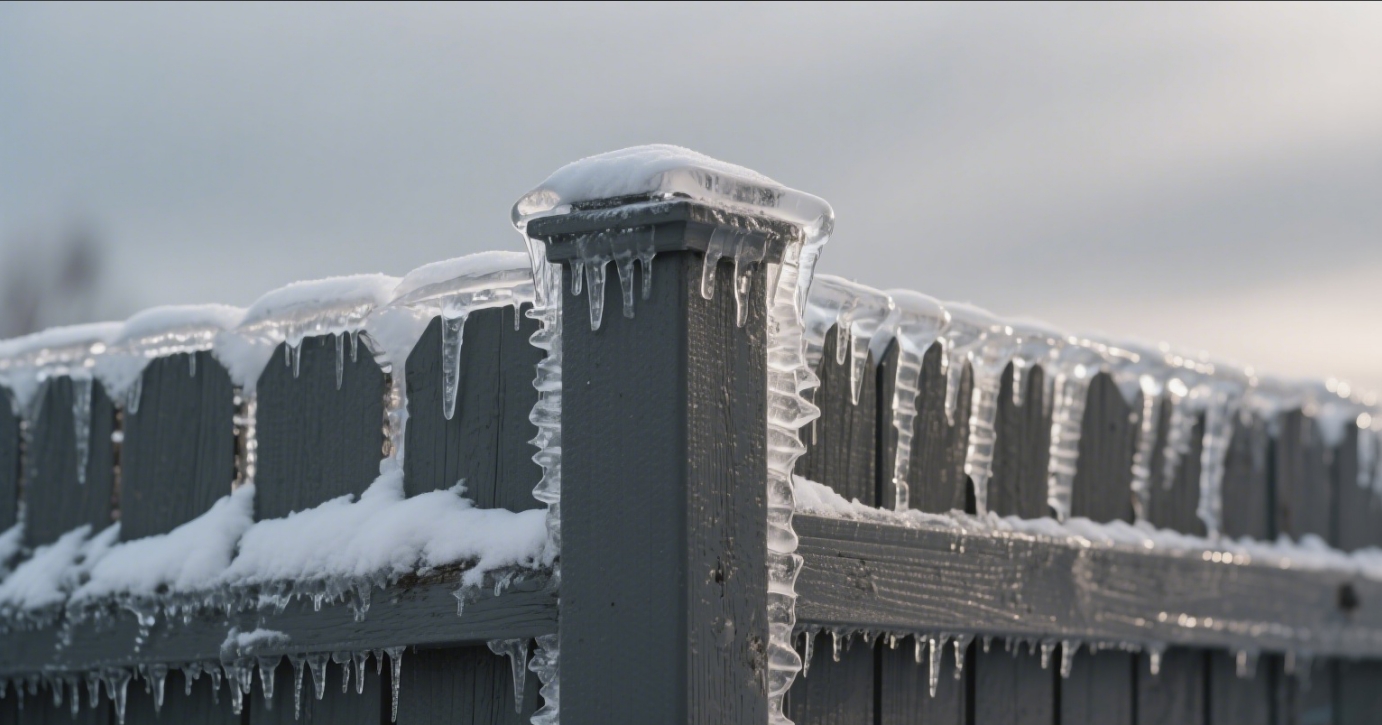Composite fencing is praised for its durability, eco-friendliness, and minimal upkeep—but "minimal" doesn’t mean "none." Although made from a strong blend of recycled wood fibers and plastic, WPC (Wood-Plastic Composite) fences are still exposed to dirt, weather, mold, and environmental wear. The good news? With a proper and simple maintenance routine, your composite fence can last 20–30 years, maintaining its color, structure, and curb appeal.
Neglecting maintenance, however, may reduce its lifespan by up to 30%, resulting in structural issues, stubborn stains, and costly repairs. In this guide, we’ll walk you through how to clean, inspect, and protect your composite fence—plus how to handle specific challenges like snow, pet stains, and mold. Whether you're a homeowner or a property manager, you’ll find this comprehensive checklist both actionable and easy to follow.
Even though composite fences outperform traditional wood in resisting rot and bugs, regular upkeep is essential to prevent:
Stain penetration
Surface fading from UV exposure
Structural weakening over time
👉 Did you know? Proper maintenance can extend the service life to 30 years—vs. 20 years or less if ignored. Learn more about the long-term costs here: Insight into the Maintenance Cost of WPC Fencing
| Task | Recommended Frequency | Notes |
|---|---|---|
| Basic Cleaning | Every 1–2 months | Adjust based on location and exposure |
| Structural Inspection | Twice a year | Ideally in spring and fall |
| Mold/Mildew Cleaning | Every 3 months (humid areas) | Use anti-mold agents |
| Snow Removal | After each snowfall | Prevents cracking and staining |
| Mud Cleaning | After rainfall (clay soil zones) | Avoid dried mud buildup |
What You Need:
Soft-bristled plastic brush or sponge
Neutral dish soap (no bleach)
Bucket of water
Hose or pressure washer (<3000 PSI)
Steps:
Rinse the fence using a hose to loosen debris and light dirt.
Mix soap and water (1:100 ratio).
Gently scrub with a brush along the grain of the fence. Avoid hard friction.
Rinse thoroughly and allow to air dry.
⚠️ Avoid wiping under direct sunlight to prevent streaks.
Structural Stability
Loose fasteners? Warping boards? Fix immediately.
Surface Integrity
Look for deep scratches, cracks, or delamination.
Environmental Effects
Remove trapped leaves, clear bird droppings, check for water damage at the base.
| Stain Type | Steps | Tips |
|---|---|---|
| Mud / Soil | 1. Let dry & sweep 2. Wash with diluted soap 3. Rinse from distance | Avoid scraping dried mud |
| Oil / Grease | 1. Apply dish soap 2. Wait 5 mins 3. Brush and rinse | Use neutral degreaser if needed |
| Mildew / Mold | 1. Remove organic material 2. Brush with vinegar (1:4) 3. Dry completely | Ideal for humid climates |
| Crayon / Pencil | 1. Wipe with wet sponge 2. Use toothpaste for stubborn marks | No solvents |
| Tannin (plant juice) | 1. Apply baking soda paste 2. Wait 10 mins 3. Rinse | Handle quickly to prevent stains |

Snow & Ice
Use a plastic shovel, not metal
Rinse ice with warm (not hot) water to avoid cracking
Avoid salt or de-icing chemicals
Pet Urine
Rinse with water, then wipe with 1:5 white vinegar solution
Inspect the bottom panel to avoid long-term erosion
❌ Don’t use a high-pressure washer closer than 30 cm
❌ No abrasive tools like steel wool or sandpaper
❌ Avoid acidic or bleach-based cleaners
❌ Don’t paint or stain the surface—it can void warranties
Tools: Soft brush, non-woven cloth, sponge
Cleaners: Neutral pH soap, composite-specific solutions
Protection: Gloves when handling stains or mold
Many homeowners question why some WPC fences cost more than others. The secret? Materials, additives, and surface tech. Regular maintenance helps any fence—premium or budget—retain value longer.
🧐 Want to know more? Read Exploring the Mystery of Fencing Price Differences to discover how maintenance influences long-term ROI.
Composite fencing doesn’t ask for much—but giving it just a little TLC goes a long way. With a smart cleaning schedule, simple tools, and stain-specific solutions, you’ll enjoy your beautiful, sturdy fence for decades. Plus, with a few adjustments based on your climate, you’ll reduce replacement costs and keep your outdoor space looking polished year-round.
Take action today—mark your calendar, grab a soft brush, and show your fence a little love. It’s one maintenance task that pays you back in curb appeal, longevity, and peace of mind.
praysunmaterials@gmail.com